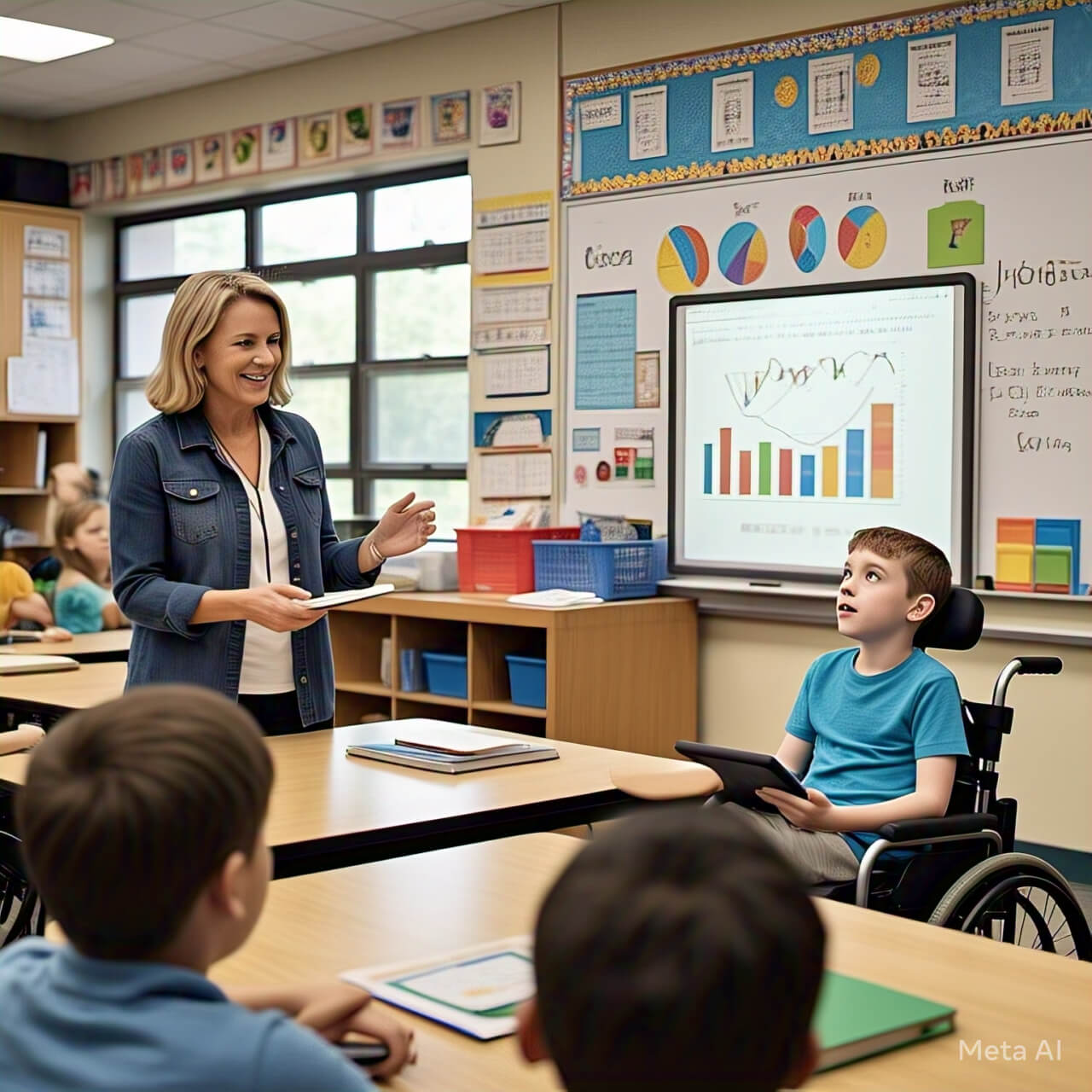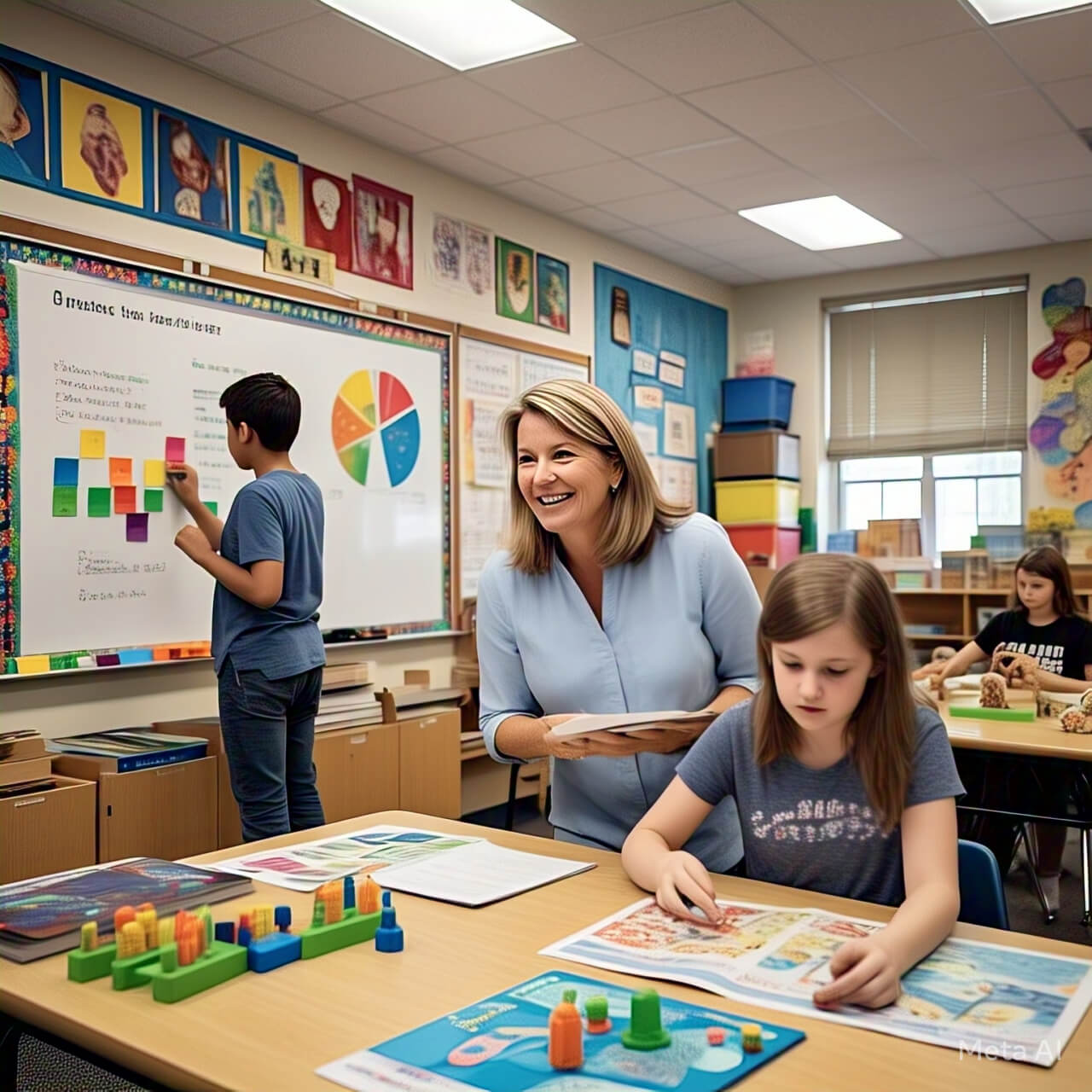How to Differentiate Instruction for Diverse Learners. Teaching a classroom full of diverse learners can be challenging but rewarding. Every student learns differently, and it’s the teacher’s job to make sure everyone gets a fair chance to succeed. Differentiated instruction is a way to tailor teaching methods to meet the needs of all students. This means changing how you teach, what you teach, and how students show what they’ve learned. For example, some students may need more visuals, while others learn better through hands-on activities. The goal is to make learning accessible and engaging for everyone.
By using differentiated instruction, teachers can help students with different abilities, interests, and learning styles feel included and motivated. This approach not only improves academic performance but also builds confidence and independence in learners. It’s about creating a classroom where every student feels valued and supported.

10 Tips for Differentiating Instruction
- Know your students’ strengths and weaknesses.
- Use flexible grouping for activities.
- Offer choices in assignments.
- Adjust the pace of lessons.
- Incorporate visuals and hands-on tools.
- Provide extra support for struggling learners.
- Challenge advanced students with deeper tasks.
- Use technology to personalize learning.
- Give clear and simple instructions.
- Regularly check for understanding.
1. Understand Your Students’ Needs
To differentiate instruction, you must first understand your students. This means knowing their learning styles, interests, and abilities. Some students may be visual learners, while others prefer listening or doing. Use surveys, observations, and assessments to gather this information. Once you know their needs, you can plan lessons that work for everyone. For example, if a student struggles with reading, provide audio versions of texts. Understanding your students helps you create a supportive and inclusive learning environment.
2. Use Flexible Grouping
Flexible grouping means changing how students work together based on the task. Sometimes, students work in pairs, small groups, or individually. This allows you to group students by skill level, interest, or learning style. For example, during a math lesson, you might group students who need extra help together while advanced students work on a challenging project. Flexible grouping keeps students engaged and ensures they get the right level of support.
3. Offer Choices in Assignments
Giving students choices makes learning more engaging. Let them choose how they complete assignments or projects. For example, after reading a book, some students might write an essay, while others create a poster or give a presentation. Choices allow students to use their strengths and interests, making learning more enjoyable and effective.
4. Adjust the Pace of Lessons
Not all students learn at the same speed. Some need more time to understand a concept, while others grasp it quickly. Adjust the pace of your lessons to meet these needs. For slower learners, break lessons into smaller steps. For faster learners, provide extension activities. This ensures everyone stays on track without feeling rushed or bored.
5. Incorporate Visuals and Hands-On Tools
Visual aids like charts, diagrams, and videos help visual learners understand better. Hands-on tools like models, puzzles, or experiments are great for kinesthetic learners. Using a mix of these tools ensures all students can engage with the material in a way that works for them.
6. Provide Extra Support for Struggling Learners
Some students need extra help to keep up. Offer one-on-one support, tutoring, or modified assignments. For example, simplify instructions or provide step-by-step guides. This extra support helps struggling learners build confidence and catch up with their peers.
7. Challenge Advanced Students
Advanced students need challenges to stay motivated. Give them more complex tasks or let them explore topics in depth. For example, while others are learning basic math, advanced students could solve real-world problems. This keeps them engaged and helps them reach their full potential.
8. Use Technology to Personalize Learning
Technology can make differentiation easier. Apps and online tools allow students to learn at their own pace. For example, some programs adjust difficulty levels based on student performance. Technology also offers interactive and engaging ways to learn, making it a valuable tool for diverse classrooms.
9. Give Clear and Simple Instructions
Clear instructions help all students understand what to do. Use simple language and break tasks into small steps. For example, instead of saying, “Write a report,” say, “First, choose a topic. Then, write three main points.” Clear instructions reduce confusion and help students focus on learning.
10. Regularly Check for Understanding
Check if students understand the material before moving on. Use quick quizzes, discussions, or exit tickets. This helps you identify who needs more help and who is ready for the next step. Regular checks ensure no one gets left behind.

FAQs
| Question | Answer |
|---|---|
| What is differentiated instruction? | It’s a teaching method that tailors lessons to meet the needs of all students. |
| Why is differentiated instruction important? | It helps all students learn effectively, regardless of their abilities or learning styles. |
| How can I group students effectively? | Use flexible grouping based on skill level, interest, or learning style. |
| What tools can I use for differentiated learning? | Visual aids, hands-on tools, technology, and modified assignments. |
| How do I challenge advanced students? | Give them more complex tasks or let them explore topics in depth. |
This article provides a clear and practical guide to differentiating instruction for diverse learners. By following these tips and strategies, teachers can create an inclusive and effective learning environment for all students.


